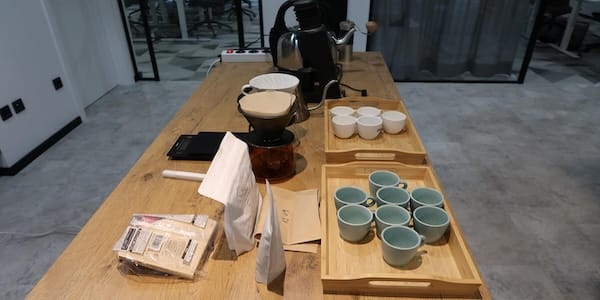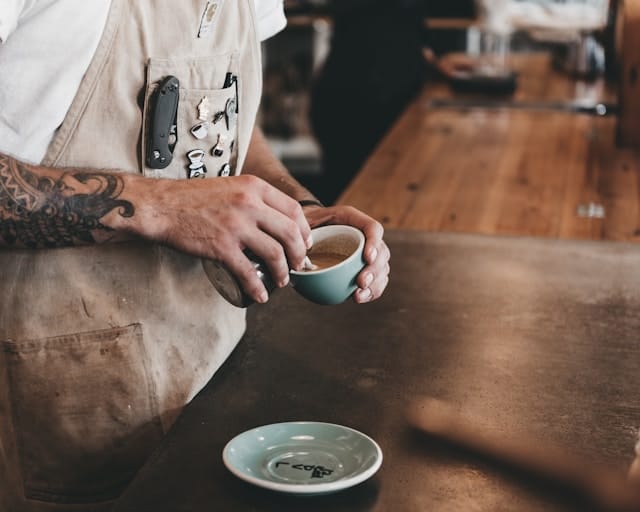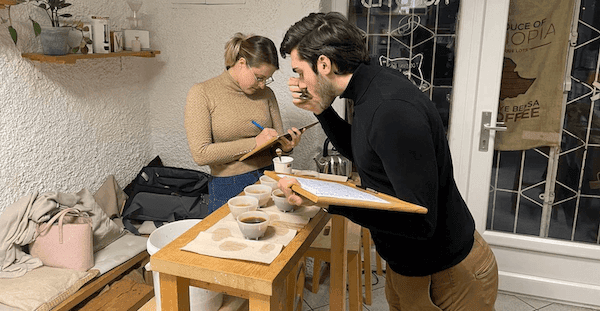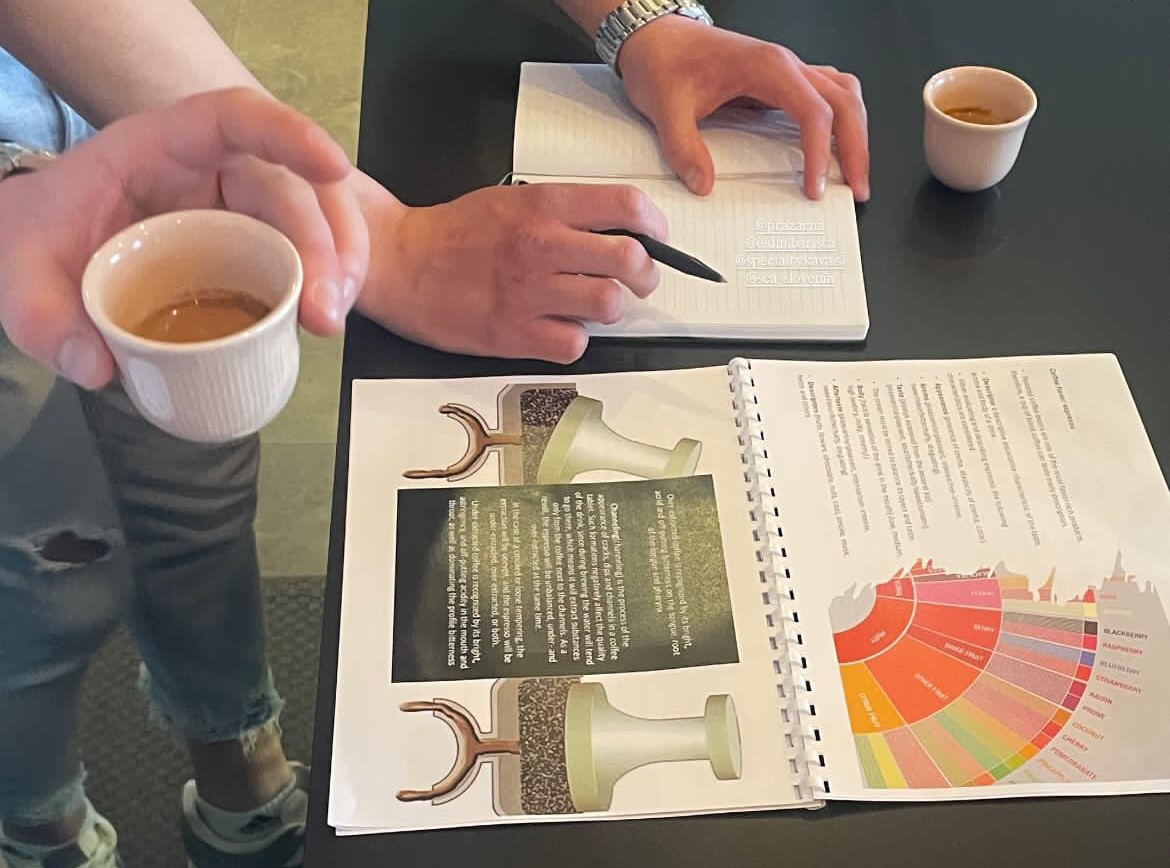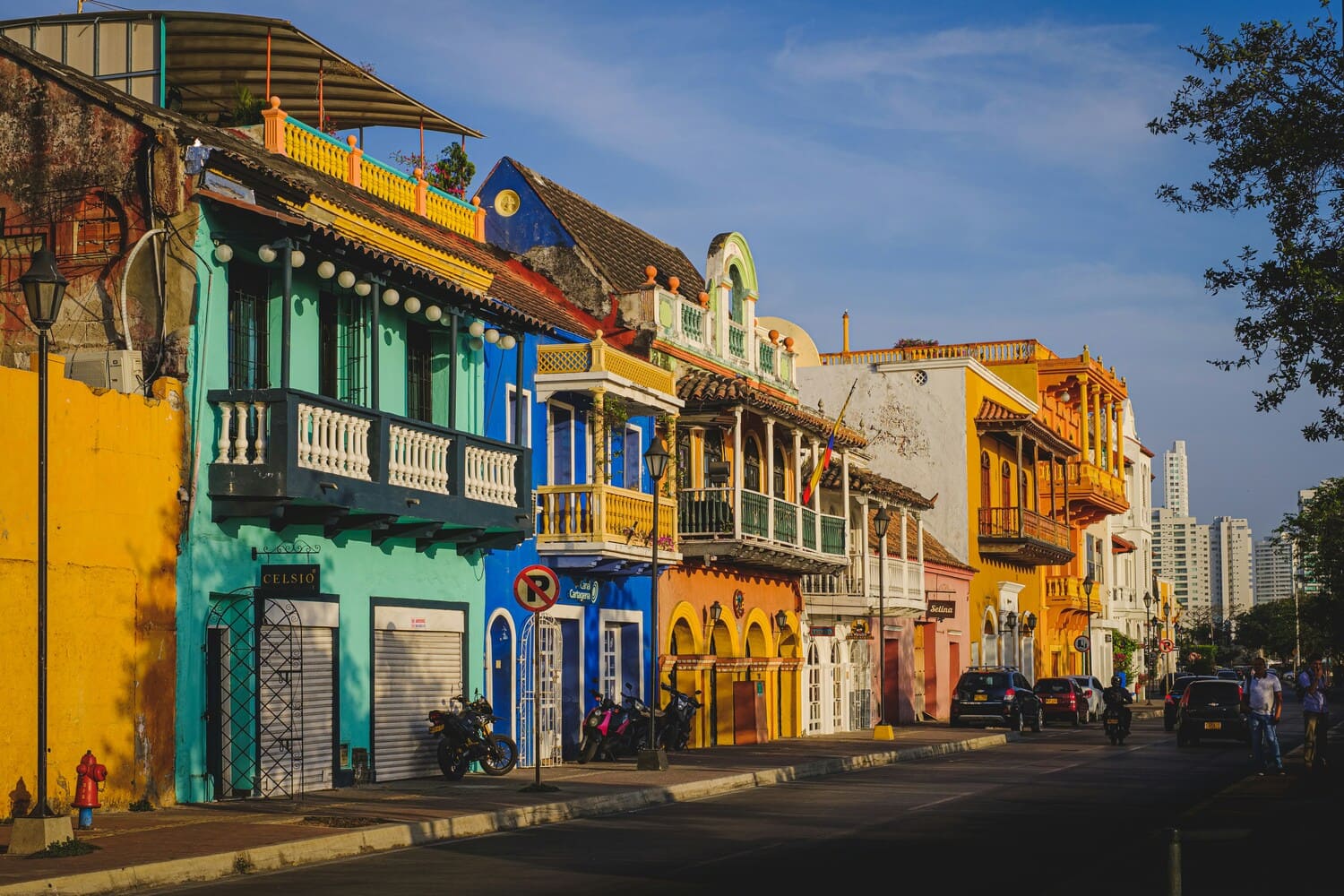ALL POSTS
ALL POSTS
Why is Coffee Becoming More Expensive?
2 min read
Last edit: Feb 7, 2025
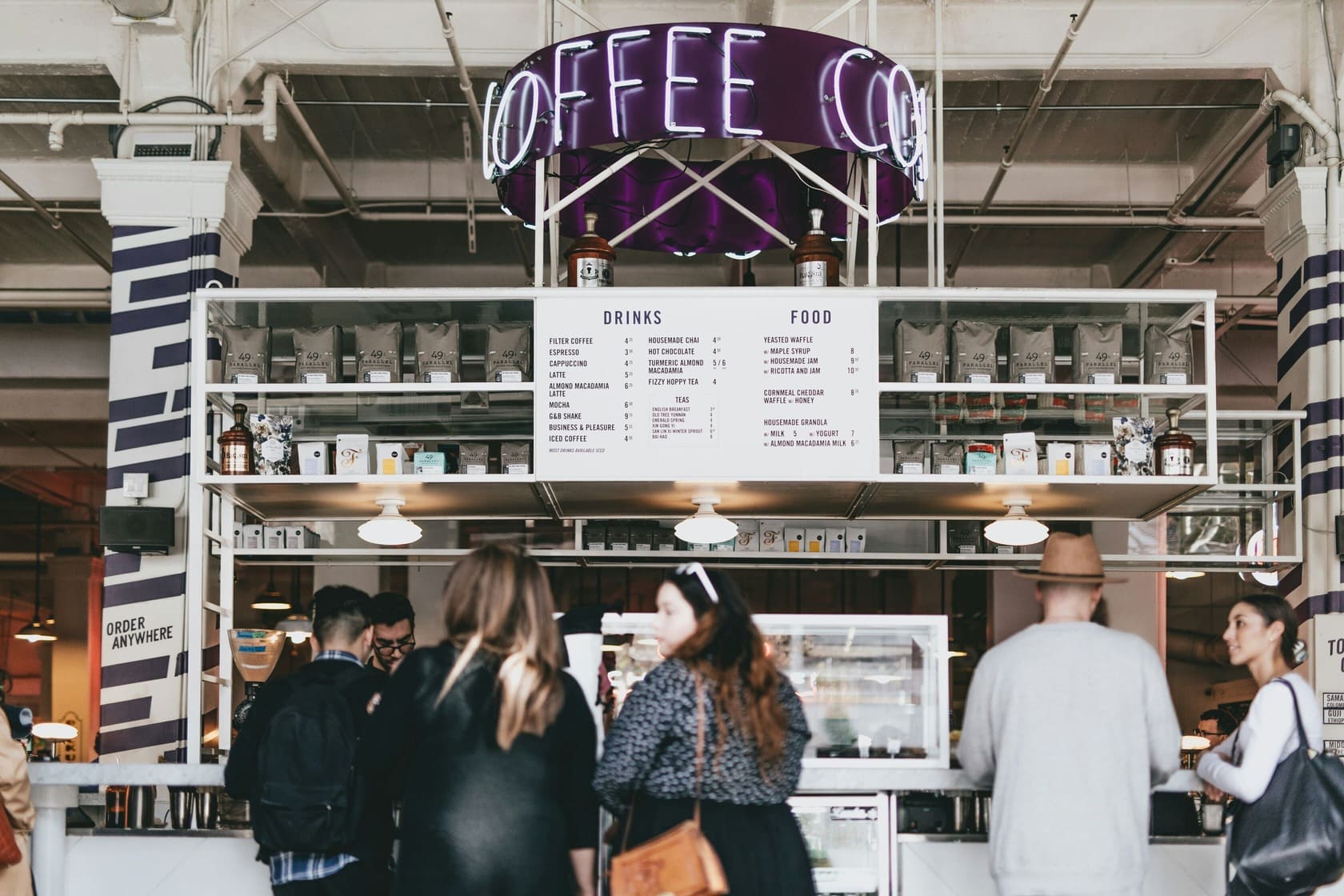
Coffee prices have recently surged to record-breaking levels, leaving consumers and industry actors questioning the underlying causes.
In this article we delve into the historical context of coffee pricing, examine the factors contributing to the current spike, and offer insights into future projections.
Historical Trends
Historically, coffee prices have been subject to fluctuations driven by various factors, including climatic conditions, geopolitical events, and shifts in global demand
For instance, adverse weather events in key coffee-producing regions like Brazil, Vietnam, and Colombia have historically led to supply shortages, resulting in price increases.
Conversely, periods of favorable weather and abundant harvests have typically seen prices stabilize or decline. Coffee prices have been on a rising trend since 2023 with periodical drops with a rapid surge at the end of 2025 that continues up to the date of publication of this material.
Causes of the Rapid Price Rise
Several interrelated factors have converged to drive the recent surge in coffee prices:
1. Climate Change and Irregular Weather Conditions
Major coffee-producing countries, particularly Brazil, have experienced severe droughts and unexpected frost events.
These adverse weather conditions have significantly reduced coffee yields and quality of harvested crops, leading to a tightened global supply.
Brazil accounts for a substantial portion of the world’s arabica coffee production and has seen its output diminish due to these climatic challenges.
Conab offers the first estimates for coffee yield in 2025 in Brazil to be 51,8 million bags, which is a 4,4% drop from 2024.
2. Supply Chain Disruptions
The global coffee supply chain has faced significant disruptions due to logistical challenges, including shipping delays, container shortages, rising insurance rates, and increased transportation costs.
Current costs for a 20ft coffee container freight from the port of Santos, Brazil to Trieste, Italy remain at an average of 1700$ as shown by Searates.
3. Rising Production Costs
Coffee farmers are struggling with increased costs for fertilizers, pesticides, and labor.
Inflationary pressures and rising energy prices have further escalated production expenses, compelling farmers to raise their prices to maintain profitability.

4. Global Demand Outpacing Supply
Coffee consumption continues to grow worldwide, with more coffee shops and cafes opening and consumers increasing their intake.
This heightened demand, coupled with constrained supply, has created an imbalance, exerting upward pressure on prices.
USDA fixates a steady growth of worldwide coffee consumption with a projected 170 million bags of coffee to be consumed in the 2024-2025 period.
5. Currency Fluctuations
Coffee is traded globally, and its price is often influenced by fluctuations in currency exchange rates, particularly the U.S. dollar.
A stronger dollar can make coffee more expensive for countries using weaker currencies, affecting both producers and consumers.
As it so happens, that directly affects most coffee-producing countries.
Prognosis
Expert communities’ thoughts on where the price is going to go are now split between those who believe that by addressing the challenges now the prices will stabilize and those who caution about an even more steep price rise.
One factor that may help is higher yields from major coffee-producing countries.
At specialtykava.si, we prognose an increase in blend offerings, including blends of specialty coffee. Read more about our predictions in our article on growing trends in the coffee industry.
 Conclusion
Conclusion
The recent surge in coffee prices is the result of a complex interplay of environmental, economic, and logistical factors.
Understanding these dynamics is crucial for making informed decisions, whether you’re a coffee producer, retailer, or consumer.
To learn more about the nuances of coffee price calculation we recommend reading our article about that.
Would you like to learn more about other coffee roasters in Slovenia? Here are the guides.


